The global chalcogenide glass market is expected to grow from USD 64.63 million in 2019 to USD 115.48 million by 2027, at a CAGR of 8.18% during the forecast period from 2020-2027. Increasing usage of chalcogenide glass in various end user industries, is one of the key factor driving the growth of chalcogenide glass market. This material is very good in making shapes on the front of any building and it is less dense than steel. Therefore, the usage of glass fiber is increasing in construction industry, which is fuelling the demand during the forecast period. Because of their large nonlinearities, chalcogenide glasses are promising candidates for alloptical switching (AOS) applications.
In addition to this, with the increasing demand for imaging quality, the surface integrity of chalcogenide glasses becomes increasingly important. However, chalcogenide glasses have relatively weak chemical bonds leading to poor thermo mechanical properties with respect to the oxide glasses, which could hamper the market growth over the forecast period.
The chalcogenide glass market has been segmented on the basis of type, application, and region. The type segment includes monolayer and multilayer. The multilayer segment held largest market share of 67.37% and valued at USD 43.48 million in 2019.
The application segment includes electronics, communication, aerospace, and automobile. The electronics segment held the largest market share of 35.29% in 2019, due to its rigid properties, glassy, amorphous and disordered chalcogenide materials are useful in optoelectronic applications.
The market has been divided into North America, Europe, Asia-Pacific, South America and Middle East and Africa. North America held the largest market share of 27.58% in 2019, due to increasing demand for chalcogenide glass. Countries such as U.S. and Canada are some of the prominent countries in the North America region. Furthermore, Presence of key market players in the region, further boosting the growth of chalcogenide glass market.
Key players in the chalcogenide glass market are Schott AG, IRradiance Glass, LTS Chemical, Grinm Advanced Materials Co., Ltd., Umicore Electro-Optic Materials, AGC, and Gooch & Housego PLC among others. Developing and developed countries are offering greater opportunities and major players are continuously focused on new developments, strategic partnerships, acquisitions and venture capital investments to obtain high growth in the market. In June 2015, Gooch & Housego PLC announced that the company opened it office in the Nagoya, Japan, to expand its chalcogenide glass business in Japan and Asia Pacific region.
This study forecasts revenue growth at global, regional, and country levels from 2013 to 2027. Fior Markets has segmented the on the basis of below mentioned segments:
Chapter 1 Introduction 12
1.1 Research Methodology 12
1.2 FMR desk research 13
1.2.1 FMR data synthesis 14
1.2.2 Data validation and market feedback 14
1.2.3 FMR data sources 15
Chapter 2 Global Chalcogenide Glass Market Overview 17
2.1 Product Overview and Scope of Chalcogenide Glass 17
2.2 Commercial Types of Chalcogenide Glass 20
2.2.1 Monolayer 21
2.2.2 Multilayer 22
2.3 Downstream Application of Chalcogenide Glass 23
2.3.1 Electronics 24
2.3.2 Communication 25
2.3.3 Aerospace 25
2.3.4 Automobile 26
2.4 Development History of Chalcogenide Glass 27
2.5 Market Status and Trend of Chalcogenide Glass 2014-2027 28
2.5.1 Global Chalcogenide Glass Market Status and Trend 2014-2027 28
2.5.2 Regional Chalcogenide Glass Market Status and Trend 2014-2027 30
2.5.2.1 North America Market Status and Trend 2014-2027 30
2.5.2.2 Europe Market Status and Trend 2014-2027 32
2.5.2.3 Asia Pacific Market Status and Trend 2014-2027 34
2.5.2.4 Middle East & Africa Market Status and Trend 2014-2027 36
2.5.2.6 Latin America Market Status and Trend 2014-2027 40
Chapter 3 Global Market Status by Regions 42
3.1 Market Development of Chalcogenide Glass 2014-2018 42
3.2 Production Market of Chalcogenide Glass by Regions 44
3.2.1 Production Volume of Chalcogenide Glass by Regions 44
3.2.2 Regions Production Value of Chalcogenide Glass by Regions 49
3.3 Demand Market of Chalcogenide Glass by Regions 54
3.4 Production and Demand Status of Chalcogenide Glass by Regions 59
3.4.1 Global Production (K Units) and Demand (K Units) Status of Chalcogenide Glass 2014-2018 59
3.5 Import and Export Status of Chalcogenide Glass by Regions 2014-2018 62
3.6 Market Forecast of Chalcogenide Glass by Regions 2019-2027 64
3.6.1 Production Market Forecast of Chalcogenide Glass by Regions 2019-2027 64
3.7.1 Demand Market Forecast of Chalcogenide Glass by Regions 2019-2027 68
Chapter 4 Global Chalcogenide Glass by Type 70
4.1 Production Volume of Chalcogenide Glass by Types 70
4.2 Production Value of Chalcogenide Glass by Types 74
4.3 Market Forecast of Chalcogenide Glass by Types 78
Chapter 5 Global Market Status by Downstream Industry 83
5.1 Demand Volume of Chalcogenide Glass by Downstream Industry 83
5.2 Market Forecast of Chalcogenide Glass by Downstream Industry 87
Chapter 6 Market Driving Factor Analysis of Chalcogenide Glass 90
6.1 Global Economy Situation and Trend Overview 90
6.2 Chalcogenide Glass Downstream Industry Situation and Trend Overview 90
Chapter 7 Chalcogenide Glass Market Competition Status by Major Manufacturers 91
7.1 Production Volume of Chalcogenide Glass by Major Manufacturers 91
7.2 Production Value of Chalcogenide Glass by Major Manufacturers 95
7.3 Basic Information of Chalcogenide Glass Major Manufacturers 99
7.3.1 Plant Location and Established Time of Chalcogenide Glass Major Manufacturer 99
7.4 Market Competition News and Trend 100
Chapter 8 Chalcogenide Glass Major Manufacturers 102
8.1 SCHOTT AG (subsidiary of Carl Zeiss Foundation) 102
8.1.1 Profile 102
8.1.2 Products, Services and Solutions 105
8.1.3 Chalcogenide Glass Sales, Revenue, Price and Gross Margin of Schott AG 106
8.2 Irradiance Glass, Inc. 107
8.2.1 Profile 107
8.2.2 Products, Services and Solutions 109
8.2.3 Chalcogenide Glass Sales, Revenue, Price and Gross Margin of IRradiance Glass, Inc. 110
8.3 LTS Research Laboratories, Inc., 111
8.3.1 Profile 111
8.3.2 Products, Services and Solutions 113
8.3.3 Chalcogenide Glass Sales, Revenue, Price and Gross Margin of LTS Research Laboratories, Inc., 114
8.4 Grinm Advanced Materials Co., Ltd. 115
8.4.1 Profile 115
8.4.2 Products, Services and Solutions 117
8.4.3 Chalcogenide Glass Sales, Revenue, Price and Gross Margin of Grinm Advanced Materials Co., Ltd. 118
8.5 Umicore 119
8.5.1 Profile 119
8.5.2 Chalcogenide Glass Sales, Revenue, Price and Gross Margin of Umicore 121
8.6 AGC 122
8.6.1 Profile 122
8.6.2 Products, Services and Solutions 124
8.6.3 Chalcogenide Glass Sales, Revenue, Price and Gross Margin of AGC 125
8.7 Gooch & Housego PLC 126
8.7.1 Profile 126
8.7.2 Products, Services and Solutions 129
Chapter 9 Upstream and Downstream Market Analysis of Chalcogenide Glass 130
9.1.1 Industry Chain of Chalcogenide Glass 130
9.2 Upstream Market and Representative Suppliers Analysis 131
9.2.1 Upstream Raw Material Market Analysis 131
9.3 Upstream Raw Materials Sourcing 132
9.3.1 Representative Consumers of Chalcogenide Glass by Industry 133
Chapter 10 Cost and Gross Margin Analysis of Chalcogenide Glass 134
10.1 Proportion of Manufacturing Cost Structure 134
10.1.1 Labor Cost Analysis 135
10.1.1.1 USA Labor Cost Analysis 136
10.1 Manufacturing Process Analysis 140
Chapter 11 Marketing Status Analysis of Chalcogenide Glass 146
11.1 Marketing Channel 146
11.1.1 Direct Marketing 148
11.1.2 Indirect Marketing 149
11.2 Market Positioning 151
11.2.1 Marketing Channel Future Trend 151
11.2.2 Pricing Strategy 152
11.2.3 Brand Strategy 155
11.3 Distributors/Traders List 157
Chapter 12 Research Findings and Conclusion 158
List of Figures
FIG. 1 Representative Commercial Product Picture of Chalcogenide Glass 19
FIG. 2 Global Shipments Volume Share of Chalcogenide Glass by Types in 2018 20
FIG. 3 Representative Commercial Product Picture of Monolayer 21
FIG. 4 Representative Commercial Product Picture of Multilayer 22
FIG. 5 Demand Volume Share of Chalcogenide Glass by Downstream Industry in 2018 23
FIG. 6 Global Chalcogenide Glass Market Status and Trend 2014-2027 28
FIG. 7 Global Chalcogenide Glass Market Size Comparison in 2014, 2018 and 2027 29
FIG. 8 North America Chalcogenide Glass Revenue and Growth Rate 2014-2027 30
FIG. 9 Europe Chalcogenide Glass Revenue and Growth Rate 2014-2027 32
FIG. 10 Asia Pacific Chalcogenide Glass Revenue and Growth Rate 2014-2027 34
FIG. 11 Middle East & Africa Chalcogenide Glass Revenue and Growth Rate 2014-2027 36
FIG. 13 Latin America Chalcogenide Glass Revenue and Growth Rate 2014-2027 40
FIG. 14 Production Volume and Growth Rate of Chalcogenide Glass 2014-2018 42
FIG. 15 Production Value and Growth Rate of Chalcogenide Glass 2014-2018 43
FIG. 16 Production Volume Share of Chalcogenide Glass by Regions in 2015 46
FIG. 17 Production Volume Share of Chalcogenide Glass by Regions in 2018 47
FIG. 18 Production Volume Growth Rate Comparison of Chalcogenide Glass by Regions 2014-2018 48
FIG. 19 Production Value Share of Chalcogenide Glass by Regions in 2015 51
FIG. 20 Production Value Share of Chalcogenide Glass by Regions in 2018 52
FIG. 21 Production Value Growth Rate Comparison of Chalcogenide Glass by Regions 2014-2018 53
FIG. 22 Demand Volume Share of Chalcogenide Glass by Regions in 2015 56
FIG. 23 Demand Volume Share of Chalcogenide Glass by Regions in 2018 57
FIG. 24 Demand Volume Growth Rate Comparison of Chalcogenide Glass by Regions2014-2018 58
FIG. 25 Production Volume Forecast Share of Chalcogenide Glass by Regions in 2027 65
FIG. 26 Production Volume Forecast Share of Chalcogenide Glass by Regions in 2027 67
FIG. 27 Demand Volume Forecast Share of Chalcogenide Glass by Regions in 2027 69
FIG. 28 Production Volume Share of Chalcogenide Glass by Types in 2015 71
FIG. 29 Production Volume Share of Chalcogenide Glass by Types in 2018 72
FIG. 30 Production Volume Growth Rate Comparison of Chalcogenide Glass by Types 2014-2018 73
FIG. 31 Production Value Share of Chalcogenide Glass by Types in 2015 75
FIG. 32 Production Volume Share of Chalcogenide Glass by Types in 2018 76
FIG. 33 Production Volume Growth Rate Comparison of Chalcogenide Glass by Types 2014-2018 77
FIG. 34 Production Volume Share Forecast of Chalcogenide Glass by Types in 2027 79
FIG. 35 Production Value Share Forecast of Chalcogenide Glass by Types in 2027 81
FIG. 36 Production Value Growth Rate Comparison of Chalcogenide Glass by Types 2019-2027 82
FIG. 37 Demand Volume Share of Chalcogenide Glass by Downstream Industry in 2015 84
FIG. 38 Demand Volume Share of Chalcogenide Glass by Downstream Industry in 2018 85
FIG. 39 Demand Volume Growth Rate Comparison of Chalcogenide Glass by Downstream Industry 2014-2018 86
FIG. 40 Demand Volume Share Forecast of Chalcogenide Glass by Downstream Industry in 2027 88
FIG. 41 Demand Volume Growth Rate Comparison of Chalcogenide Glass by Downstream Industry 2019-2027 89
FIG. 42 Production Volume Share of Chalcogenide Glass by Major Manufacturers in 2015 93
FIG. 43 Production Volume Share of Chalcogenide Glass by Major Manufacturers in 2018 94
FIG. 44 Production Value Share of Chalcogenide Glass by Major Manufacturers in 2015 97
FIG. 45 Production Value Share of Chalcogenide Glass by Major Manufacturers in 2018 98
FIG. 46 Industry Chain of Chalcogenide Glass 130
FIG. 47 Manufacturing Cost Structure 134
FIG. 48 USA Overview of Average Hourly Wages 2015-2016 (USD/Hour) 136
FIG. 49 Middle East & Africa CPI (2017-2018) 138
FIG. 50 Europe CPI (2014-2018) 139
FIG. 51 Manufacturing Process 140
FIG. 52 Marketing Channels 146
FIG. 53 Direct Marketing 149
FIG. 54 Indirect Marketing 150
FIG. 55 Marketing Channel 152
FIG. 56 Pricing Strategy 154
FIG. 57 Brand Strategy 156
List of Tables
TABLE 1 North America Chalcogenide Glass Market Main Driving Factors Analysis 31
TABLE 2 Europe Chalcogenide Glass Market Main Driving Factors Analysis 33
TABLE 3 Asia Pacific Chalcogenide Glass Market Main Driving Factors Analysis 35
TABLE 4 Middle East & Africa Chalcogenide Glass Market Main Driving Factors Analysis 37
TABLE 6 Latin America Chalcogenide Glass Market Main Driving Factors Analysis 41
TABLE 7 Production Volume (K Units) of Chalcogenide Glass by Regions 2014-2018 44
TABLE 8 Production Volume Share of Chalcogenide Glass by Regions 2014-2018 45
TABLE 9 Production Value (USD Million) of Chalcogenide Glass by Regions 49
TABLE 10 Production Value Share of Chalcogenide Glass by Regions 2014-2018 50
TABLE 11 Demand Volume (K Units) of Chalcogenide Glass by Regions 2014-2018 54
TABLE 12 Demand Volume Share of Chalcogenide Glass by Regions 2014-2018 55
TABLE 13 Production and Demand Status of Chalcogenide Glass in North America 2014-2018 59
TABLE 14 Production and Demand Status of Chalcogenide Glass in Europe 2014-2018 59
TABLE 15 Production and Demand Status of Chalcogenide Glass in Asia Pacific 2014-2018 60
TABLE 16 Production and Demand Status of Chalcogenide Glass in Middle East & Africa 2014-2018 60
TABLE 17 Production and Demand Status of Chalcogenide Glass in APAC 2014-2018 60
TABLE 18 Production and Demand Status of Chalcogenide Glass in Latin America 2014-2018 61
TABLE 19 Import Volume of Chalcogenide Glass by Regions 2014-2018 62
TABLE 20 Export Volume of Chalcogenide Glass by Regions 2014-2018 63
TABLE 21 Production Market Forecast of Chalcogenide Glass by Regions 2019-2027 64
TABLE 22 Production Value Forecast of Chalcogenide Glass by Regions 2019-2027 66
TABLE 23 Demand Volume Forecast of Chalcogenide Glass by Regions 2019-2027 68
TABLE 24 Production Volume of Chalcogenide Glass by Types 2014-2018 70
TABLE 25 Production Volume Share of Chalcogenide Glass by Types 2014-2018 70
TABLE 26 Production Value of Chalcogenide Glass by Types 2014-2018 74
TABLE 27 Production Value Share of Chalcogenide Glass by Types 2014-2018 74
TABLE 28 Production Volume Forecast of Chalcogenide Glass by Types 2019-2027 78
TABLE 29 Production Value Forecast of Chalcogenide Glass by Types 2019-2027 80
TABLE 30 Demand Volume of Chalcogenide Glass by Downstream Industry 2014-2018 83
TABLE 31 Demand Volume of Chalcogenide Glass by Downstream Industry 2014-2018 83
TABLE 32 Demand Volume Forecast of Chalcogenide Glass by Downstream Industry 2019-2027 87
TABLE 33 Global Production Volume (K Units) of Chalcogenide Glass by Major Manufacturers 2014-2018 91
TABLE 34 Production Volume Share of Chalcogenide Glass by Major Manufacturers 2014-2018 92
TABLE 35 Production Value (USD Million) of Chalcogenide Glass by Major Manufacturers 2014-2018 95
TABLE 36 Global Chalcogenide Glass Revenue Share b Manufacturer (2014-2018) 96
TABLE 37 Global Chalcogenide Glass Revenue Share by Application (2014-2018) 99
TABLE 38 SCHOTT AG Overview List 102
TABLE 39 Representative Chalcogenide Glass Product of SCHOTT AG 105
TABLE 40 Chalcogenide Glass Business Operation of SCHOTT AG Chalcogenide Glass Sales, Revenue, Price and Gross Margin of Schott AG 2014-2018 106
TABLE 41 Irradiance Glass, Inc. Overview List 107
TABLE 42 Representative Chalcogenide Glass Product of Irradiance Glass, Inc. 109
TABLE 43 Chalcogenide Glass Business Operation of IRRADIANCE GLASS, INC. Chalcogenide Glass Sales, Revenue, Price and Gross Margin of IRradiance Glass, Inc. 2014-2018 110
TABLE 44 LTS Research Laboratories, Inc., Overview List 111
TABLE 45 Representative Chalcogenide Glass Product of LTS Research Laboratories, Inc., 113
TABLE 46 Chalcogenide Glass Business Operation of LTS Research Laboratories, Inc., Chalcogenide Glass Sales, Revenue, Price and Gross Margin of LTS Research Laboratories, Inc., 2014-2018 114
TABLE 47 Grinm Advanced Materials Co., Ltd. Overview List 115
TABLE 48 Representative Chalcogenide Glass Product of Grinm Advanced Materials Co., Ltd. 117
TABLE 49 Chalcogenide Glass Business Operation of Grinm Advanced Materials Co., Ltd. Chalcogenide Glass Sales, Revenue, Price and Gross Margin of Grinm Advanced Materials Co., Ltd. 2014-2018 118
TABLE 50 Umicore Overview List 119
TABLE 51 Chalcogenide Glass Business Operation of Umicore Chalcogenide Glass Sales, Revenue, Price and Gross Margin of Umicore 2014-2018 121
TABLE 52 AGC Overview List 122
TABLE 53 Representative Chalcogenide Glass Product of AGC 124
TABLE 54 Chalcogenide Glass Business Operation of AGC Chalcogenide Glass Sales, Revenue, Price and Gross Margin of AGC 2014-2018 125
TABLE 55 Gooch & Housego PLC Overview List 126
TABLE 56 Representative Chalcogenide Glass Product of GOOCH & HOUSEGO PLC 129
TABLE 57 Key Suppliers of Raw Materials 131
TABLE 58 Representative Consumers of Chalcogenide Glass by Industry 133
TABLE 59 Manufacturing Cost Structure 134
Market research is a method of gathering, assessing and deducing data & information about a particular market. Market research is very crucial in these days. The techniques analyze about how a product/service can be offered to the market to its end-customers, observe the impact of that product/service based on the past customer experiences, and cater their needs and demands. Owing to the successful business ventures, accurate, relevant and thorough information is the base for all the organizations because market research report/study offers specific market related data & information about the industry growth prospects, perspective of the existing customers, and the overall market scenario prevailed in past, ongoing present and developing future. It allows the stakeholders and investors to determine the probability of a business before committing substantial resources to the venture. Market research helps in solving the marketing issues challenges that a business will most likely face.
Market research is valuable because of the following reasons:
Our research report features both the aspects; qualitative and quantitative. Qualitative part provides insights about the market driving forces, potential opportunities, customer’s demands and requirement which in turn help the companies to come up with new strategies in order to survive in the long run competition. The quantitative segment offers the most credible information related to the industry. Based on the data gathering, we use to derive the market size and estimate their future growth prospects on the basis of global, region and country.
Our market research process involves with the four specific stages.
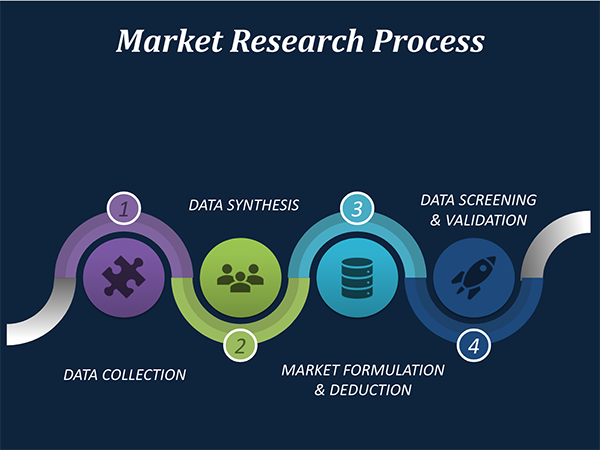
Data Collection: This stage of the market research process involves with the gathering and collecting of the market/industry related data from the sources. There are basically two types of research methods:
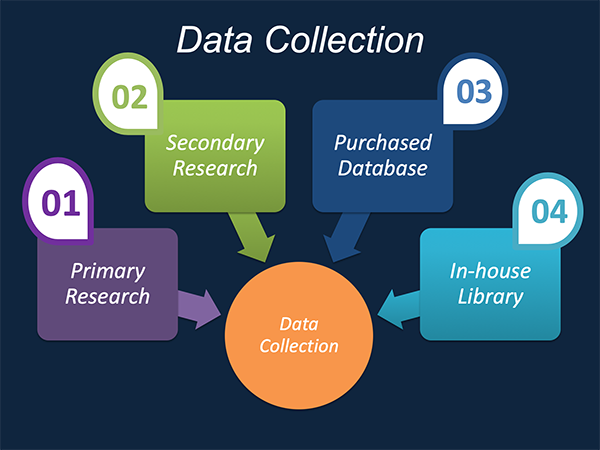
Data Synthesis: This stage includes the evaluation and assessment of all the data acquired from the primary and secondary research. It likewise includes in evaluating the information for any disparity watched while information gathering identified with the market. The data & information is gathered with consideration to the heterogeneity of sources. Scientific and statistical methods are implemented for synthesizing dissimilar information sets and provide the relevant data which is fundamental for formulating strategies. Our organization has broad involvement with information amalgamation where the information goes through different stages:
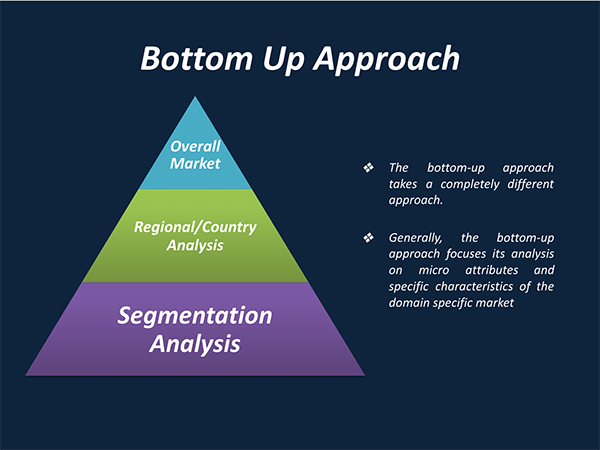
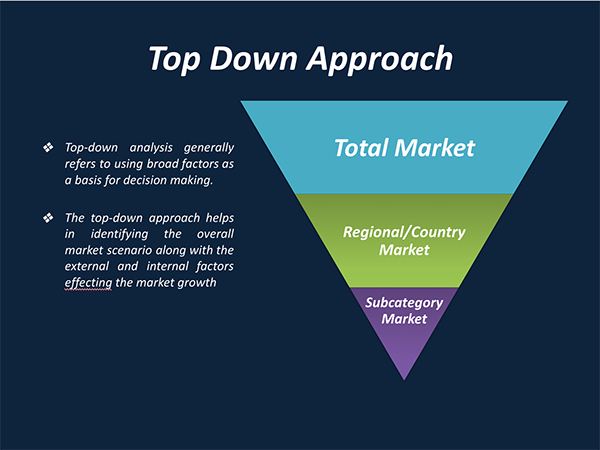
Market Formulation & Deduction: The last stage includes assigning the data & information in a suitable way in order to derive market size. Analyst reviews and domain based opinions based on holistic approach of market estimation combined with industry investigation additionally features a crucial role in this stage.
This stage includes with the finalization of the market size and numbers that we have gathered from primary and secondary research. With the data & information addition, we ensure that there is no gap in the market information. Market trend analysis is finished by our analysts by utilizing data extrapolation procedures, which give the most ideal figures to the market.
Data Validation: Validation is the most crucial step in the process. Validation & re-validation through scientifically designed technique and process that helps us finalize data-points to be used for final calculations. This stage also involves with the data triangulation process. Data triangulation generally implicates the cross validation and matching the data which has been collected from primary and secondary research methods.
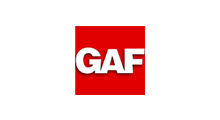

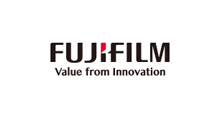
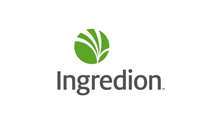

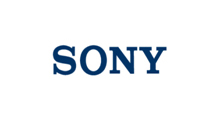
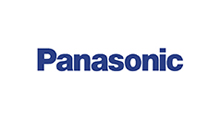
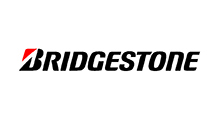
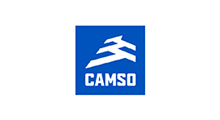
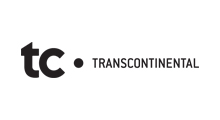
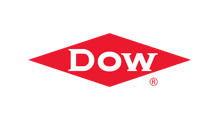
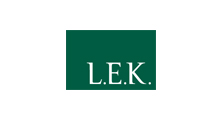

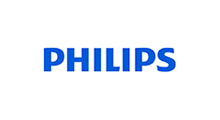
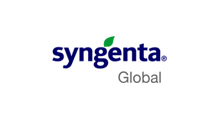
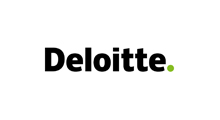

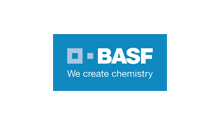
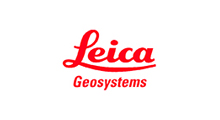
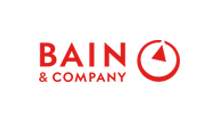
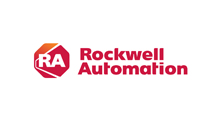
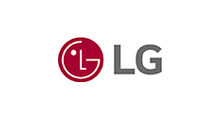
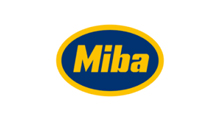
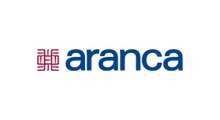
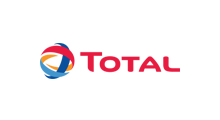
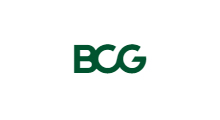
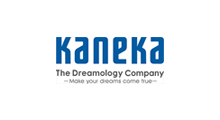
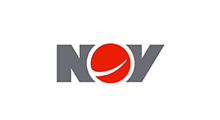
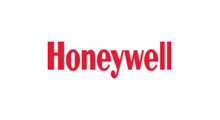
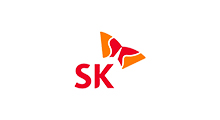
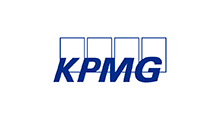
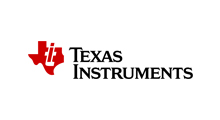
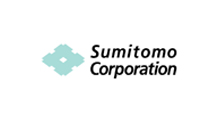
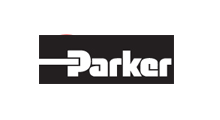
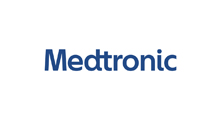
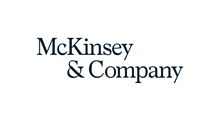


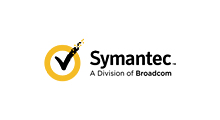
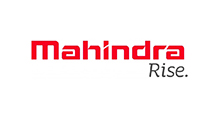
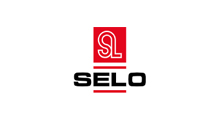
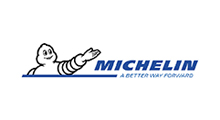

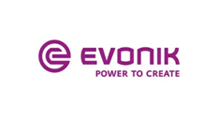

Free Customization
Countries can be added on demand
Free yearly update on purchase of Multi/Corporate User License
Companies served till date

We serve our customers 24x7 for 365 days through calls, emails and live chat options.
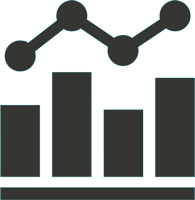
Huge database of exceptional market reports bringing market intelligence to your fingertips.

SSL enabled, we offer you various secured payment options for risk free purchase.